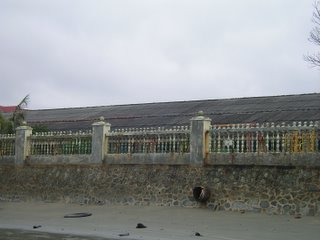
i wonder how many school is blessed with a sea shore as its backyard. When i was studied in Yok Poon, during recess, my two childhood good friends and me liked to sit on the stone chair facing to the sea.
i went back home on 10 December 05. It was an evening and unfortunately very high tide. So i went to the shore in the next morning. The tide was high but the shore is at least accessible. It was raining slightly at that time, so no much creatures were seen. Sea animals don't like fresh water. So i took mostly the pictures of plant.
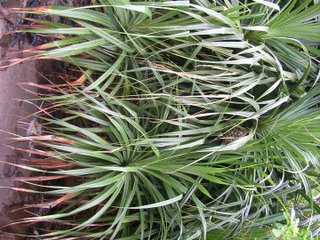
(The picture is up-side-down. Doesn't it look like a big pineapple plant?)
- This is wild pandan or in Malay mengkuang.
- It has forward thorns and its leaves are used as the wrapper of nyonya dumpling and making map (tikar).
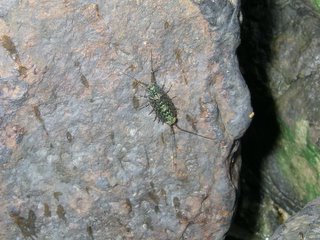
- Sea slater is also call sea cockroach. But, this creature is not an insect. It is a crustacean, which is closely related to crab.

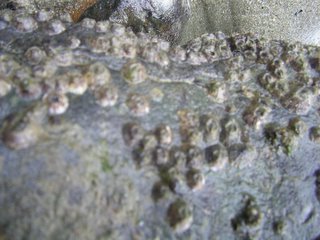
- Each of the Barnacle looks a small mountain. They are not molluscs or shells, in fact crustaceans -- closely related to crab.
- They grow not only on the rock but any surface, including ship and crab. This made them a pest or parasit.
- Ship - they made the ship heavier, hence the ship used more fuel. So the shipping company have to pay extra money to scrape them off from their vessel.
- Crab - the barnacle is so heavy that it constraint the movement of the crab and eventually the crab will have difficulty to hunt for food or even move.


- The leaves of the sea hisbiscus can use to feed cattle.
- The interesting thing is, its flowers open at around 9am and close at around 4pm.
- The leaves is in heart-shape. The underside of the leaves produced nectar to attract ants to staying on the tree. The ants protect the tree from other harmful insect.
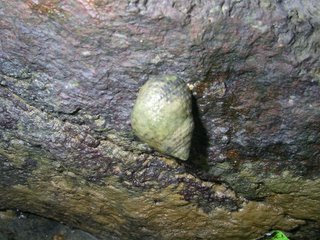
- Periwinkle feeding on algae and lichens.
- They are sometimes cooked in soup!
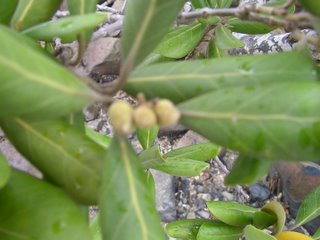
- Avicennia (api-api) is a very common mangrove tree.
- It has pencil roots (pneumetophores) as breathing roots.
- Its flowers in yellow or orange color and its fruits look heart-shape.
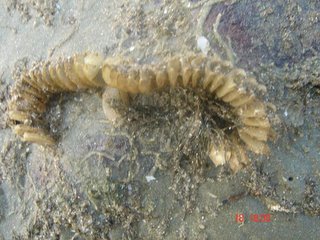
- The egg cases of snail.


No comments:
Post a Comment